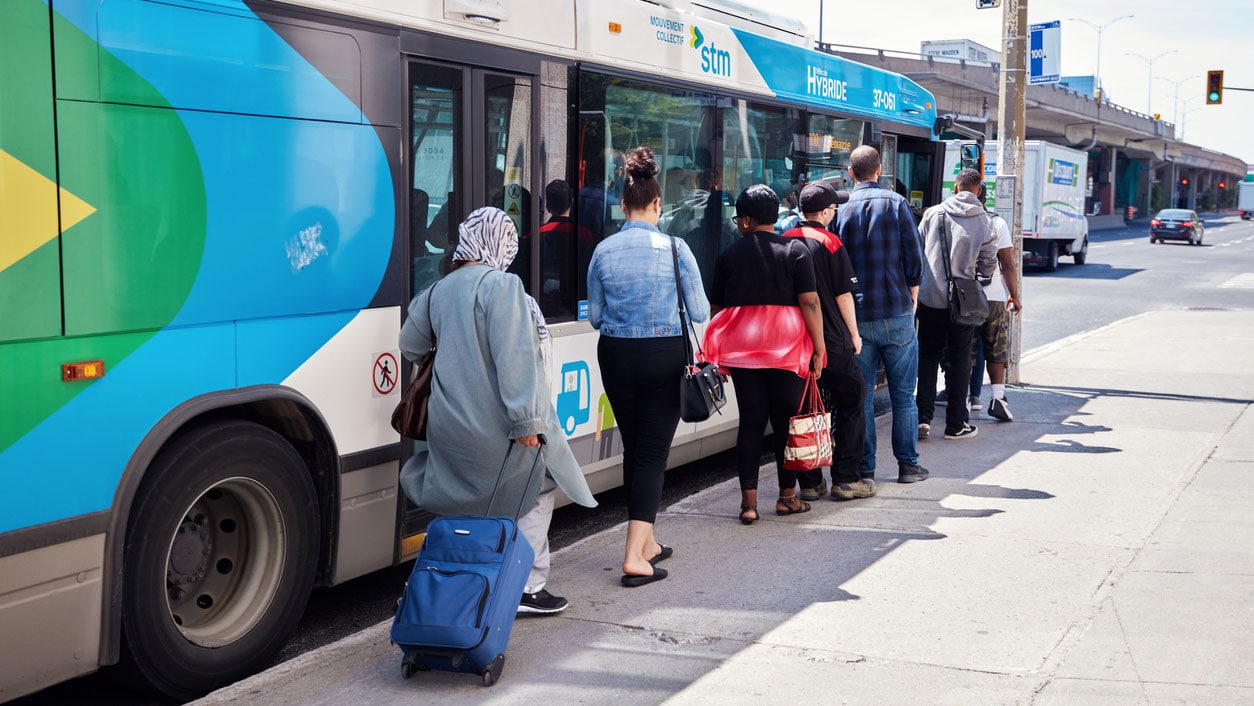Key points
- Almost 3 million U.S. adults have epilepsy.
- Epilepsy is more common in certain populations.
- Health care costs for epilepsy are in the billions.
- People with epilepsy can have a hard time getting the medical care they need.

The basics
Adults with epilepsy
During 2021 and 2022, about 2.9 million U.S. adults 18 and older reported having active epilepsy.1
That is about 1% of all U.S. adults.
Active Epilepsy
Adults—an adult has active epilepsy if they were diagnosed with epilepsy or a seizure disorder and they are currently taking medicine to control it or had at least one seizure in the last 12 months (or both).
Children—a child has active epilepsy if their parent or guardian reports that a health care provider ever told them their child had epilepsy or seizure disorder, and their child currently has epilepsy or seizure disorder.2
Children with epilepsy
About 456,000 U.S. children 17 and younger have active epilepsy.2
U.S. data
2021 and 2022 data describing active epilepsy prevalence by age group, educational level, race and ethnicity, sex, current employment status, and insurance coverage are available. Also included are percentages of adults with active epilepsy by self-rated health status and disability status.
Data are also available describing epilepsy-related variables for adults with active epilepsy who have had at least one seizure over the past year, have taken anti-seizure medication, and have seen a neurologist or specialist in the last year.
Health care spending
Health care spending is higher for people with epilepsy or a seizure disorder, than for people without these conditions.
In 2019, the average annual health care spending for epilepsy and seizures alone was $24.5 billion in the United States.
Barriers to care
Adults with epilepsy have a harder time getting health care compared to adults without epilepsy.4 They were more likely to:
- Be unable to afford any medicine or specialty care.
- Be unable to afford dental or vision care.
- Skip doses of medicine to save money.
- Have trouble finding a health care provider or specialist.
- Delay care because of transportation barriers.
- Live in families having problems paying medical bills.

- Kobau R, Luncheon C, Greenlund K. About 1.5 million community-dwelling US adults with active epilepsy reported uncontrolled seizures in the past 12 months, and seizure control varied by annual family income—National Health Interview Survey, United States 2021 and 2022. Epilepsy Behav. 2024;157:109852. doi:https://doi.org/10.1016/j.yebeh.2024.109852
- Data Research Center. 2022 National Survey of Children's Health. Accessed February 2, 2024. https://www.childhealthdata.org/browse/survey/results?q=10071&r=1
- Moura LMVR, Karakis I, Zack MM, Tian N, Kobau R, Howard D. Drivers of US health care spending for persons with seizures and/or epilepsies, 2010–2018. Epilepsia. 2022;63(8):2144–2154. doi:10.1111/epi.17305
- Tian N, Kobau R, Zack MM, Greenlund KJ. Barriers to and disparities in access to health care among adults aged ≥18 years with epilepsy — United States, 2015 and 2017. MMWR Morb Mortal Wkly Rep. 2022;71(21):697–702. doi:10.15585/mmwr.mm7121a1
